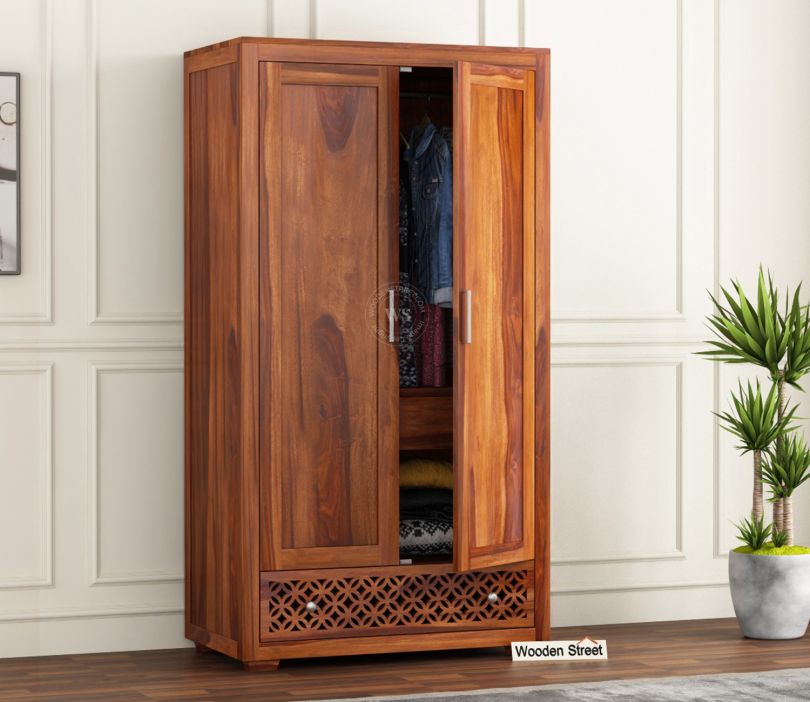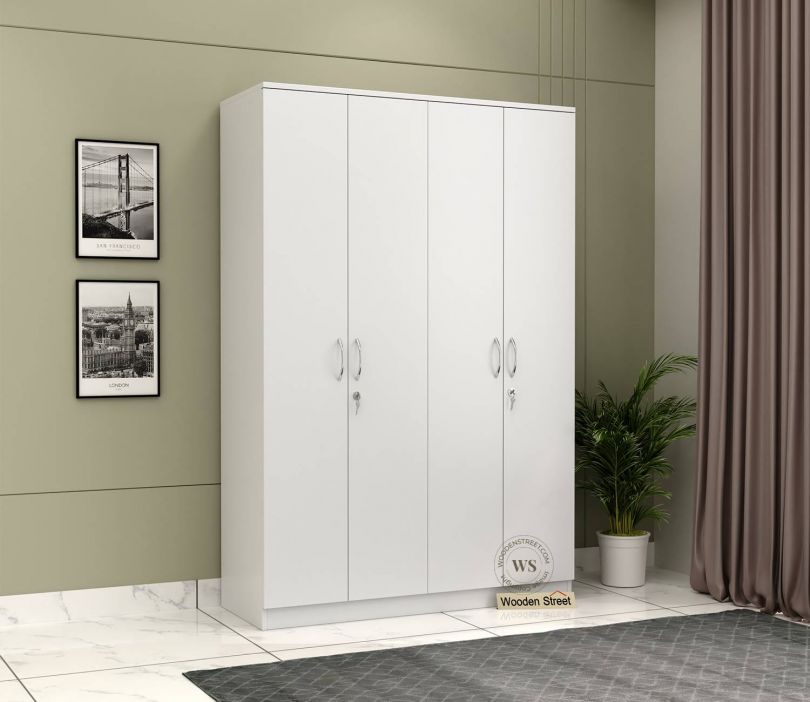Introduction
Every new season brings a wardrobe challenge swapping out summer dresses for winter sweaters or finding space for festive wear without creating clutter. Organizing your wardrobe seasonally is the key to keeping your clothes fresh, accessible, and well-preserved. Whether you own a wooden wardrobe, a cupboard for clothes, or a modern sliding wardrobe design, knowing how to organize and store your garments effectively can save time, space, and effort.
In this guide, we’ll explore practical and aesthetic wardrobe organization ideas that make your wardrobe functional and beautiful, no matter the season.
1. Start with a Complete Wardrobe Declutter
Before organizing, decluttering is essential. Empty your entire wardrobe for clothes and sort every piece into categories keep, donate, or store.
Ask yourself:
-
Have I worn this in the last 6 months?
-
Does it still fit or match my current style?
-
Is it suitable for the upcoming season?
Decluttering helps you identify what truly deserves space in your bedroom cupboard and what can be neatly stored for another time.
Tip: Keep your daily essentials within reach and move seasonal clothes (like heavy jackets or festive outfits) to the back or top shelves of your wardrobe for bedroom.
2. Choose the Right Wardrobe Design for Seasonal Flexibility
A well-planned wardrobe design can make seasonal switching effortless. Look for wardrobes that offer adjustable shelves, deep drawers, and hanging space.
For example:
-
Wooden wardrobes with modular compartments help store folded clothes, accessories, and footwear.
-
Cupboards for clothes with sliding doors are great for compact bedrooms.
-
If space allows, consider a wardrobe with a loft unit to keep out-of-season clothes safe from dust and moisture.
When designing your wardrobe, think about long-term functionality — not just aesthetics. A sturdy wooden cupboard or wardrobe with partitions and drawers offers durability and flexible storage solutions for every season.
3. Categorize Clothes by Season and Frequency of Use
Once you’ve decluttered, group clothes based on seasons — summer, monsoon, winter, and festive wear. Within each group, sort by frequency of use:
-
Daily wear should be kept in front compartments or lower shelves.
-
Occasional outfits can be stored in drawers or hung at the back.
-
Seasonal clothing like woollens or rainwear should be kept in vacuum-sealed bags or labelled boxes.
By organizing your wardrobe this way, you’ll always find what you need without rummaging through piles of clothes.
4. Use Smart Storage Solutions
Modern wardrobe designs now come with storage innovations that make seasonal organizing simpler. Here are some smart ideas:
-
Pull-out drawers: Ideal for accessories, scarves, or socks.
-
Hanging rods: Separate short and long garments to avoid creases.
-
Transparent bins or boxes: Allow you to quickly identify stored clothes.
-
Drawer dividers: Keep small items sorted neatly.
-
Vacuum storage bags: Great for bulky winterwear when not in use.
If you’re working with a wooden wardrobe, ensure it has adequate ventilation to prevent moisture buildup — a common problem during the monsoon season. You can also place cedar blocks or silica gel packets inside your cupboard for clothes to keep it fresh and odour-free.
5. Maintain a Seasonal Rotation System
Create a wardrobe rotation plan that aligns with the seasons. This keeps your clothes accessible and your wardrobe clutter-free.
Here’s a simple system to follow:
-
Spring/Summer: Store winter wear in upper compartments or vacuum-sealed boxes.
-
Monsoon: Protect delicate fabrics from dampness by using moisture absorbers.
-
Autumn/Winter: Bring out warm layers and store light cottons in drawers.
This rotation not only keeps your wardrobe organized but also helps your clothes last longer by reducing wear and exposure to dust.
6. Keep Your Wooden Wardrobe Clean and Fresh
Your wooden wardrobe or cupboard for clothes also needs care. Regular maintenance helps prevent damage and extends its lifespan.
-
Dust frequently: Use a soft cloth to remove lint and dirt.
-
Polish occasionally: Use furniture polish to maintain the shine and protect the surface.
-
Check for termites: Especially during humid months, inspect your wardrobe for any signs of damage.
-
Use liners or mats: These protect your wardrobe shelves from stains and moisture.
Clean wardrobes not only look great but also keep your clothes smelling and feeling fresh.
7. Add Space-Saving Hacks
If your wardrobe for bedroom is small, space optimization is crucial. Try these simple hacks:
-
Use slim, non-slip hangers to maximize hanging space.
-
Add hooks on wardrobe doors for belts, ties, or scarves.
-
Install pull-out trays for accessories or folded clothes.
-
Stackable boxes can store off-season clothes efficiently.
A smartly arranged bedroom cupboard can make even a compact space look tidy and elegant.
8. Keep an Inventory of Stored Clothes
Label boxes and maintain a list of what’s stored where. This prevents unnecessary unpacking when you’re looking for something specific.
You can use digital notes or a simple notepad to record:
-
Box numbers
-
Category of clothes (e.g., winter jackets, ethnic wear, etc.)
-
Storage location within the wardrobe
An organized inventory ensures you always know where everything is — saving time during every seasonal switch.
9. Embrace Minimalism with Style
Minimal wardrobe organization doesn’t mean compromising on fashion. It’s about owning pieces that serve multiple purposes.
Focus on:
-
Timeless classics that suit all seasons.
-
Neutral shades that can be layered or styled differently.
-
Quality over quantity — invest in durable clothes and a strong wooden wardrobe to protect them.
By reducing clutter, you’ll have a more breathable and functional wardrobe for clothes that reflects your personal style effortlessly.
10. Upgrade to a Customized Wardrobe Design
If your existing wardrobe design feels outdated or lacks space, consider upgrading to a customized wardrobe.
Modern furniture brands offer wardrobes for bedrooms tailored to your needs with flexible compartments, drawers, and materials like solid wood or engineered wood for long-lasting durability.
A custom wooden wardrobe not only enhances storage capacity but also elevates your room’s aesthetics with a sleek, organized appeal.
Conclusion
Seasonal wardrobe organization is not just about keeping clothes in order it’s about creating a functional, stress-free routine. With the right wardrobe design, a little planning, and regular maintenance, you can ensure your wardrobe for clothes stays neat and your garments remain in pristine condition year-round.
Whether you prefer a traditional wooden cupboard or a contemporary modular design, investing in proper wardrobe organization pays off by saving space, time, and effort. So, start today declutter, rotate, and store smartly to make every season a breeze for your wardrobe.

